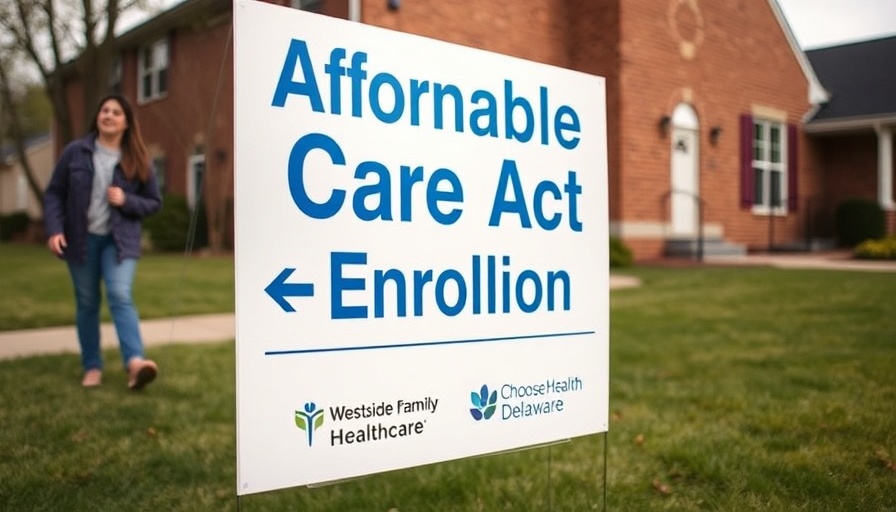
An Outline of Trump's Health Insurance Proposal
The Trump administration's recent health care proposal has stirred up significant controversy. Billed as a means to protect consumers from unintended enrollments in Marketplace coverage and to ensure that taxpayer dollars go to individuals genuinely in need, the plan also introduces several new barriers to enrollment. These changes may disproportionately affect low-income individuals, who already face challenges accessing affordable coverage.
Enrollment Period Changes: Impacts on Access
One of the major changes includes a reduction of the annual Open Enrollment period by a month, narrowing it from January 15 to December 15. This mirrors actions taken during Trump's first term when a similar reduction led to significant drops in enrollment numbers. Under the Biden administration, approximately 24 million individuals flocked to enroll, largely due to the expanded tax credits available, which made plans affordable or even free. The tightening of the enrollment timeline could revert those gains, as evidenced by past outcomes.
Examining the Impacts on Vulnerable Groups
The new regulations also target a group known as “Dreamers,” immigrants who arrived in the U.S. illegally as children. The proposal will block Dreamers from receiving subsidized ACA coverage, essentially reversing protections established under Biden’s presidency. Such a move is not only politically motivated but threatens to strip away the health care security of approximately 147,000 individuals, especially alarming during a time when affordable health care access is crucial.
Greater Documentation Requirements for Enrollment
New eligibility requirements demand greater documentation from consumers wishing to access premium subsidies, particularly self-employed individuals who may not have traditional income documentation. Experts warn that these proposed challenges could lead to lower overall enrollment in ACA plans, particularly among vulnerable demographics who may struggle to provide the necessary paperwork. There is a risk that many eligible individuals could be deterred from enrolling through an ACA plan altogether due to these heightened barriers.
Potential Benefits of Additional Safeguards
While the proposed changes could complicate enrollment, they might also offer some consumer protections against fraudulent enrollments. For instance, a requirement for those enrolled in zero-premium plans to receive a monthly premium bill could alert individuals unaware of their enrollment status. However, the complexity introduced by additional requirements may ultimately outweigh these benefits.
Looking Forward: The Future of ACA Under Trump’s Proposal
The gradual erosion of the ACA under these reforms raises questions about its sustainability as a critical source of coverage for millions. The expectation is that, as regulations tighten, accessibility will diminish, making it difficult for those who need it the most to obtain necessary health care. As discussions evolve, stakeholders from different political spectrums must grapple with the balance between fraud prevention and equitable access to health services.
 Add Row
Add Row  Add
Add 




Write A Comment